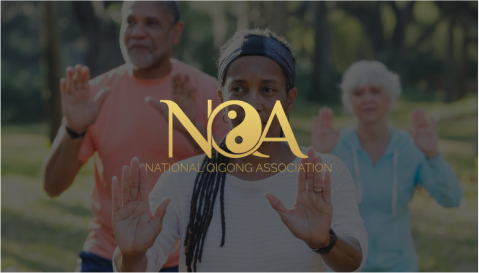For practitioners of Traditional Chinese Medicine, a recent New York Times article entitled “Common Medications Can Prolong Back Pain, Study Says” is a welcome but much belated acknowledgment of what they may already know empirically from their clinical work.
A new study on the treatment of back pain by researchers at McGill University found that standard anti-inflammatory treatments, both over-the-counter nonsteroidal anti-inflammatory drugs (NSAIDs), such as ibuprofen, and prescription steroids are no better than placebo in treating acute back pain.
Even worse, the study found compelling evidence that these anti-inflammatory treatments might be associated with a higher incidence of acute injuries turning into chronic ones. In other words, standard anti-inflammatory therapies might contribute to the development of chronic, debilitating pain.
The culprit here is not pain-relief per se. Analgesics, such as aspirin, gabapentin, or opioids, do not seem to have an association with the development of chronic pain. But the use NSAIDs and steroids has been increasing in recent years, precisely in response to the opioid addiction crisis. Although more research is needed to corroborate these results, some commentators have already heralded this study as a potential “paradigm shift” in the treatment of pain.

If a scientific revolution is coming, however, this study does not suggest what new methods are on the horizon. Instead, physicians may find themselves even more boxed in than before. The tragedy of the opioid crisis has clearly removed this class of drugs from the average physician’s toolkit, but their alternatives – the anti-inflammatory drugs – now seem to come with their own very concerning set of risks.
A Traditional Chinese Medicine Approach: Go to “The Root”
Better methods of treating pain, both acute and chronic, are desperately needed. Fortunately, there are a wide range of effective therapies that already exist that incorporate Traditional Chinese Medicine theory. Perhaps it will be the real catalyst for a paradigm shift. Most acupuncturists are already very busy dealing with chronic pain patients. In my own clinic, I would estimate that over 50% of many patients come to me for the treatment of pain.
Why are a growing number of patients seeking out alternatives such as acupuncture, herbal medicine, massage, and cupping? The McGill University research findings may provide us with some useful insights.

To reframe this study within the language of Traditional Chinese Medicine, we can argue that Western medicine treatments for pain generally do not address the “root cause” and only focus on the “branch.” They may attempt to symptomatically address the patient’s discomfort, bringing temporary relief, but usually do not treat the “origins” of the patient’s pain. The McGill University study is noteworthy because it suggests that anti-inflammatory drugs may be disrupting the tools the body already has.
The theories and concepts used in Traditional Chinese Medicine are unfamiliar and sound decidedly unscientific to anyone who is not trained as a Chinese medicine doctor. How is it possible that these terms might be treating the root cause of chronic pain, when Western medicine therapies do not? The answer, I would like to suggest, is simply one of perspective.
An Example: Remove the Blockage of One’s Qi
Let’s take the example of osteoarthritis. This type of arthritis can appear in any joint that suffers repeated strain and injury over years – from fingers, to knees, to lower back. From the perspective of Western medicine, this condition is caused by the degeneration of cartilage and other connective tissues in the joint, formation of bone spurs, thickening of the joint capsule, and other changes to the joint. It is most closely with age and trauma to the joint. Analgesics and anti-inflammatory drugs can offer temporary relief from pain but neither addresses the underlying cause of this condition.

From the perspective of Traditional Chinese Medicine, osteoarthritis is considered to a “Blockage” to the flow of “Qi and Blood” caused by “Dampness, Cold, and Wind.” It is also related to the various “Deficiencies” in the patient’s body which allow these external pathogens to penetrate the joint.
If we can bracket the unfamiliar terms of Traditional Chinese Medicine, we can begin to see how classic Chinese herbs can address the many dimensions of the problem. The goal of these herbs is to improve the free flow of Qi and Blood in the joint, the root causes. Free flow, however, is obstructed by Wind, Cold, and Dampness, and these herbs are used for driving out these pathogens.
There are also herbs used for supplementing Qi and Blood to address the underlying “Deficiencies” of the patient. Although we lack the concept of deficiency in Western medicine, we have an intuitive sense of the term when we think about a person who is anemic, immune-compromised, chronically ill, or generally “run down.”
Moreover, Traditional Chinese Medicine has many effective herbs, such a ginseng, that can help relieve deficiency. In the case of osteoarthritis, supplementing deficiency is essential to helping the body keep out the pathogens of Wind, Cold, and Dampness. Lastly, this formula also contains two blood activating herbs to gently move any “stagnant Blood.” In the fifteen different herbs in this formula are relieving pain, it is clearly through a mechanism very different than analgesics and anti-inflammatories.












,_LAc_96x96.jpg?109027)



